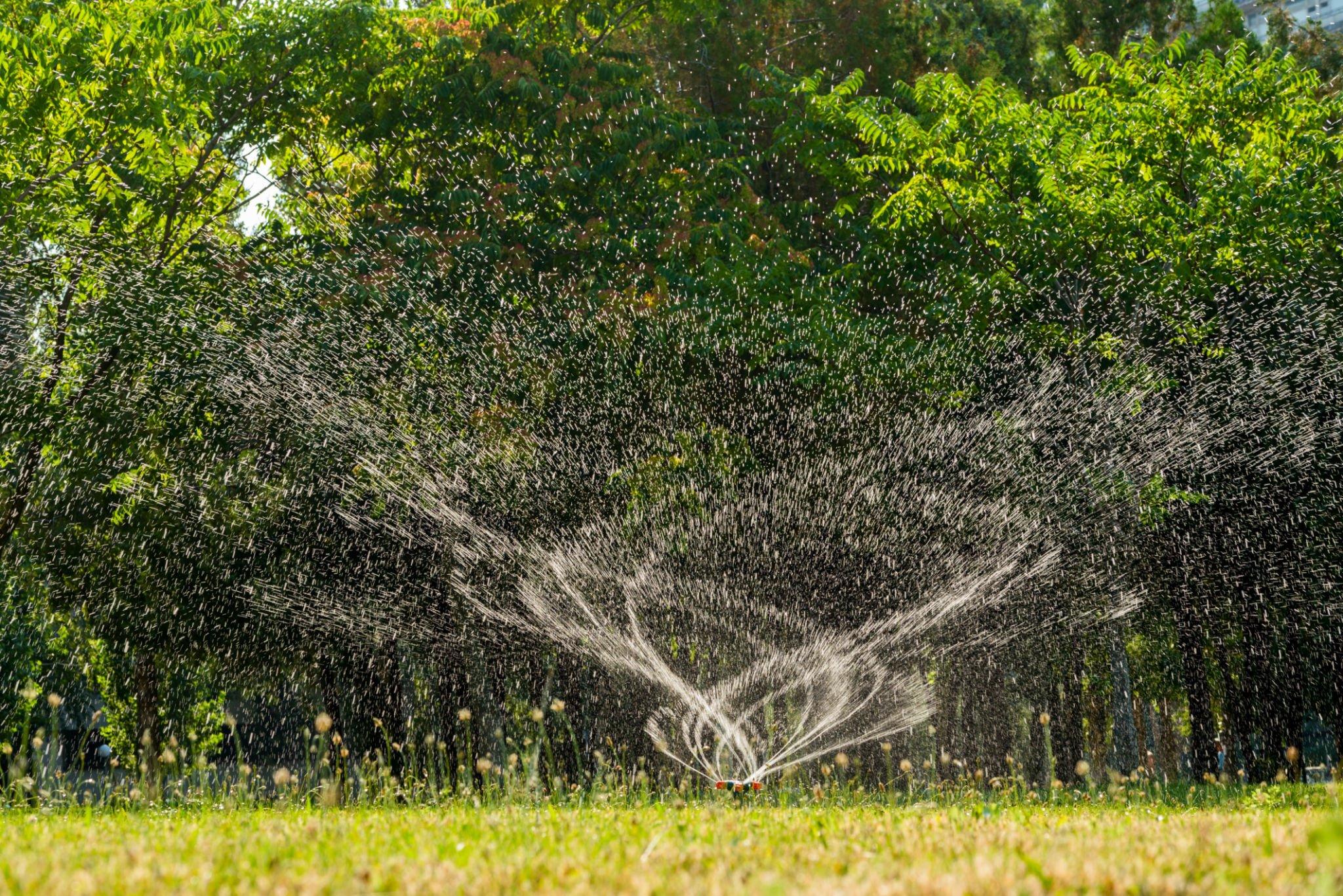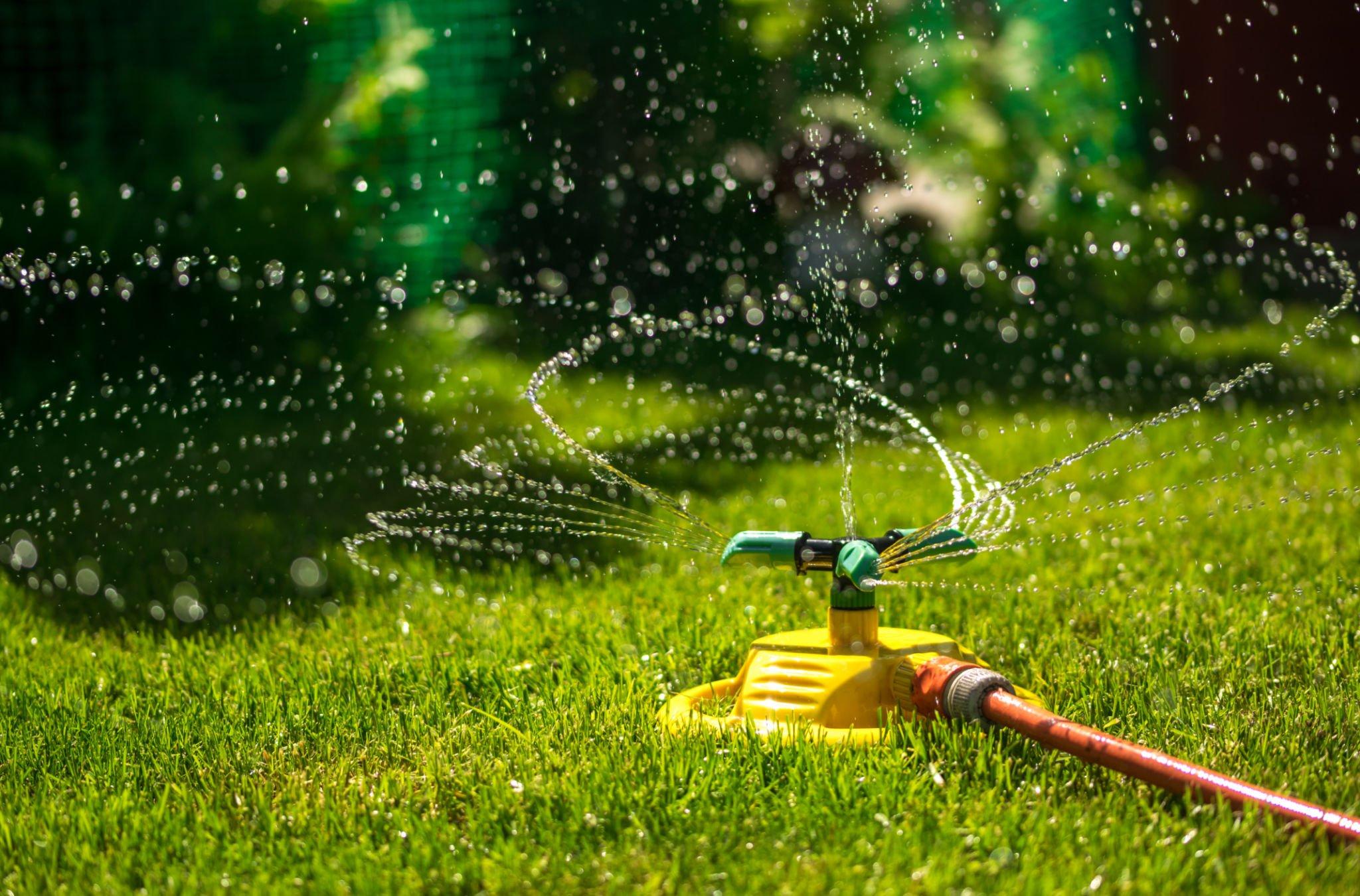Are you looking to enhance the efficiency and precision of your irrigation system? Consider a sprinkler system drip irrigation conversion. With this method, you can upgrade your system to deliver water directly to the root zone of plants, minimizing water waste and ensuring optimal plant health. This guide will provide you with step-by-step instructions, tips, and recommendations to successfully convert your sprinkler system to drip irrigation. Unlock the benefits of water conservation, reduced evaporation, and targeted plant hydration with this eco-friendly and cost-effective solution. Let Best Sprinkler System be your guide to a more sustainable and efficient irrigation practice.
Sprinkler System Drip Irrigation Conversion
Are you looking to optimize the efficiency and effectiveness of your sprinkler system while conserving water? Consider converting your sprinkler system to drip irrigation. This guide will walk you through the process of converting your existing sprinkler system into a drip irrigation system, allowing for precise and targeted water delivery to your plants’ root zones. By making this conversion, you can reduce water waste, promote healthier plant growth, and save money on your water bills. Best Sprinkler System is here to provide you with step-by-step instructions and expert advice to help you successfully complete your sprinkler system drip irrigation conversion.

Understanding Drip Irrigation:
Drip irrigation is a method of delivering water directly to the plant’s root zone, minimizing evaporation and ensuring efficient water absorption. Unlike traditional sprinkler systems that spray water over a wide area, drip irrigation uses emitters or drippers to provide a slow and steady release of water at the base of each plant. This targeted approach ensures that water reaches the roots where it is needed most, reducing water waste and promoting healthier plant growth.
Assessing Your Existing Sprinkler System:
Before embarking on the conversion process, it’s essential to assess your current sprinkler system. Evaluate the layout, coverage, and water distribution of your system. Identify areas that may benefit from drip irrigation, such as plant beds, shrubs, or individual plants that require more precise watering. Determine the water pressure and flow rate of your system to ensure compatibility with drip irrigation components.
Planning the Conversion:
Create a detailed plan for your sprinkler system drip irrigation conversion. Determine the number of plants or zones that will be converted to drip irrigation and calculate the required materials such as drip tubing, emitters, connectors, filters, and pressure regulators. Consider factors like water source availability, water pressure requirements, and installation logistics. Sketch a layout diagram to guide you during the installation process.
Gathering the Materials:
Purchase high-quality drip irrigation materials from a reputable supplier or garden center. Ensure that the components are compatible with your existing sprinkler system and are suitable for the plants and landscape you have. Gather all the necessary tools, including pipe cutters, hole punches, connectors, and stakes. Having everything ready before you begin will streamline the installation process.
Installation Process:
Begin the installation by shutting off the water supply and draining the existing sprinkler system. Remove any unnecessary sprinkler heads and cap off the risers or convert them to drip irrigation stakes. Lay out the drip tubing along the desired path, making sure it reaches each plant’s root zone. Install emitters or drippers at the base of each plant, adjusting the flow rate as needed. Connect the tubing to the main water supply line and install filters and pressure regulators to maintain optimal system performance.
Testing and Adjustment:
Once the installation is complete, turn on the water supply and test the system. Check for leaks, ensure proper water flow, and make any necessary adjustments to the drip emitters or drippers. Monitor the watering patterns and adjust the system as needed to ensure adequate moisture for your plants. Regularly inspect the system for clogs, damage, or wear and perform maintenance tasks as required.
Maximizing Efficiency and Water Conservation:
With your sprinkler system successfully converted to drip irrigation, it’s important to maximize its efficiency and water conservation benefits. Consider implementing smart irrigation technologies, such as soil moisture sensors or weather-based controllers, to optimize watering schedules based on actual plant needs and weather conditions. Regularly monitor and adjust the system to ensure efficient water usage and healthy plant growth.
FAQs
Why should I consider converting my sprinkler system to drip irrigation?
Converting to drip irrigation offers numerous benefits, including water conservation, reduced water waste, healthier plant growth, and cost savings on water bills. It provides targeted water delivery to the root zones of plants, minimizing evaporation and ensuring efficient water absorption.
Can I convert my existing sprinkler system to drip irrigation?
Yes, it is possible to convert your existing sprinkler system to drip irrigation. By removing unnecessary sprinkler heads and replacing them with drip emitters or drippers, you can transform your system into a more precise and efficient water delivery system for your plants.
What materials do I need for a sprinkler system drip irrigation conversion?
The materials required for a conversion include drip tubing, emitters or drippers, connectors, filters, pressure regulators, and tools such as pipe cutters and hole punches. It’s important to select high-quality components that are compatible with your existing system and suitable for your plants and landscape.
Final Thought
By converting your sprinkler system to drip irrigation, you can transform your watering practices into a more efficient, precise, and eco-friendly solution. This guide has provided you with the necessary knowledge and steps to undertake a successful sprinkler system drip irrigation conversion. Enjoy the benefits of reduced water waste, healthier plants, and long-term cost savings. Best Sprinkler System wishes you success in your journey toward more sustainable and effective irrigation practices.
